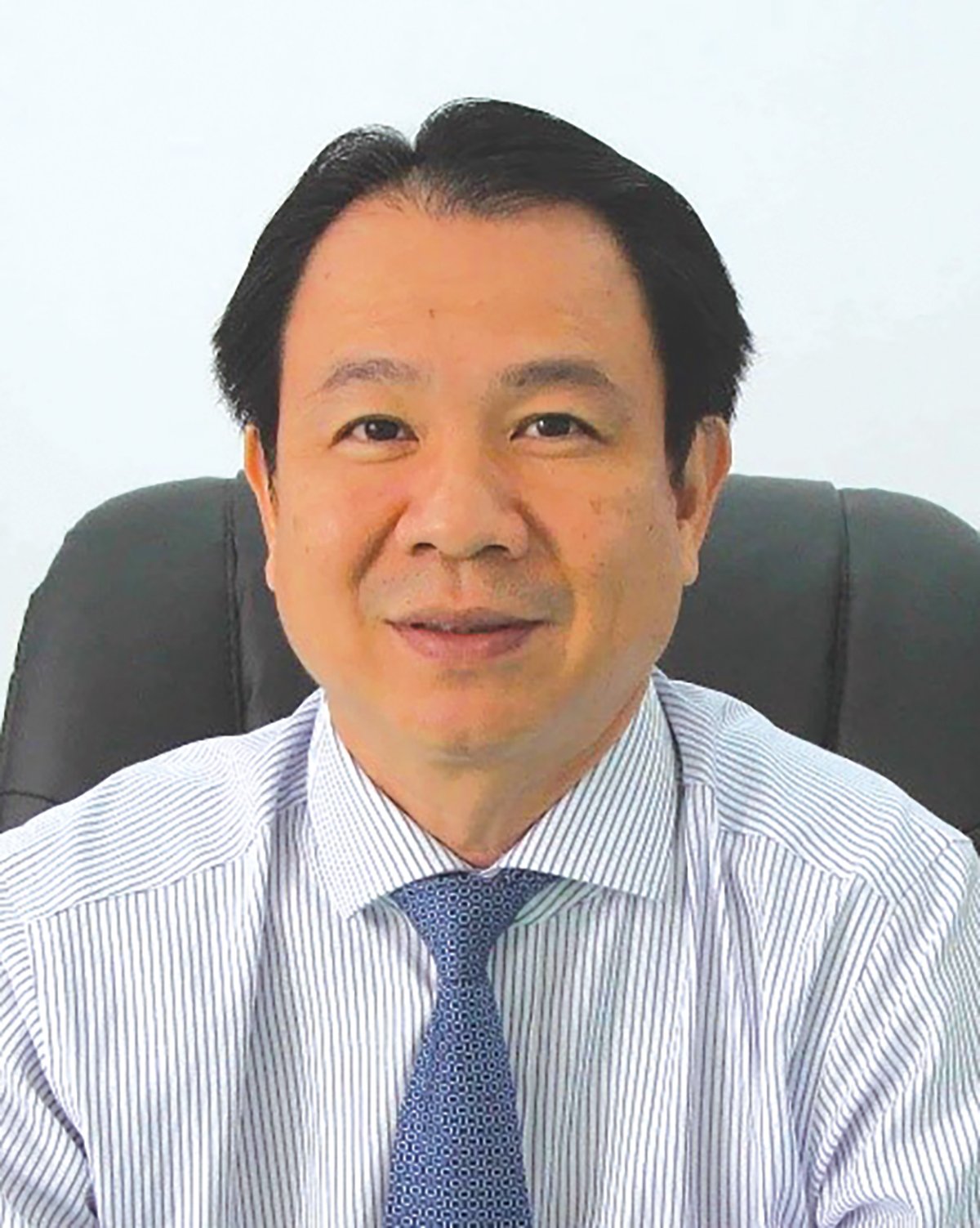
The total number of medical examinations and treatments in the two provinces annually reaches about 8.5 million. The bed occupancy rate at medical facilities is 83% or higher. Modern techniques such as CT scan, MRI, gastrointestinal endoscopy, periodic blood filtration, and cancer screening have been deployed in many provincial hospitals, contributing to reducing the rate of referrals, saving costs for people, and improving local medical expertise.
However, the reality poses many big challenges to the health sector. That is the shortage of highly qualified medical personnel, especially at the grassroots level and in specialized fields such as psychiatry, tuberculosis, leprosy, and pathology. Facilities and equipment in many units have not been invested synchronously, and are still in a state of degradation and backwardness, especially at medical stations in remote and isolated areas.
- Reporter: What are the opportunities and challenges for the health sector after the provincial merger, sir ?
- Doctor Tran Quang Hien: The merger of the health sector of the two provinces opens up new development space, driving force for comprehensive innovation, creating new positions and strengths for the sector. In the context of the widespread fourth industrial revolution, the merger allows An Giang to access modern health management models more quickly, strengthen regional linkages, share data, train human resources and invest in equipment. This is also a "golden" opportunity for the province to innovate the organization and management model of the health sector in a professional, effective and sustainable direction; gradually build a dynamic and creative local health image for the people's health; promote administrative reform, promote technology application, improve service quality and create momentum for sustainable development.
Besides great opportunities, the health sector faces many difficulties, requiring political courage, strategic thinking and smooth coordination between levels and sectors. The main challenge is that the new organizational structure may create overlapping functions, dispersed responsibilities; differences in level, scale and professional capacity between health facilities in the two provinces, requiring the sector to make efforts to synchronize, transfer technology and standardize processes. The pressure to resolve previous backlogs such as lack of human resources, poor facilities, low vaccination rates, hospital overload, etc. will be placed on the newly merged apparatus.
- Reporter: What solutions does the health sector have to improve the quality of health care for the people?
- Doctor Tran Quang Hien: To overcome and turn challenges into development motivation, the health sector has synchronously deployed strategic solutions: Perfecting the organizational apparatus in a systematic and scientific manner, taking efficiency as the measure, taking service to the people as the center; building coordination regulations, clearly assigning tasks, limiting overlap and promoting the application of technology in management. The sector promotes the role of key staff as the nucleus of solidarity, innovation and integration. At the same time, developing evenly among units, avoiding specialized areas; standardizing expertise, investing in upgrading medical infrastructure.
The health sector promotes personal responsibility in performing tasks; encourages innovation in implementing new medical techniques and services; builds a professional, responsible, and humane working environment, taking patient satisfaction as the goal of action. Every health worker needs to engrave in their mind the spirit of "Responsibility - dedication - devotion - loyalty to the cause of taking care of people's health".
- Reporter: Thank you !
Performed by HANH CHAU
Source: https://baoangiang.com.vn/co-hoi-va-thach-thuc-nganh-y-te-sau-hop-nhat-a424506.html





![[Photo] Award Ceremony of the Political Contest on Protecting the Party's Ideological Foundation](https://vphoto.vietnam.vn/thumb/1200x675/vietnam/resource/IMAGE/2025/10/22/1761151665557_giaia-jpg.webp)
![[Photo] Da Nang: Shock forces protect people's lives and property from natural disasters](https://vphoto.vietnam.vn/thumb/1200x675/vietnam/resource/IMAGE/2025/10/22/1761145662726_ndo_tr_z7144555003331-7912dd3d47479764c3df11043a705f22-3095-jpg.webp)
![[Photo] Prime Minister Pham Minh Chinh chairs meeting on nuclear power plant construction](https://vphoto.vietnam.vn/thumb/1200x675/vietnam/resource/IMAGE/2025/10/22/1761137852450_dsc-9299-jpg.webp)


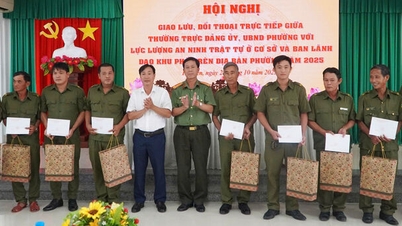
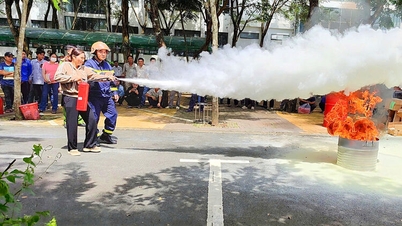




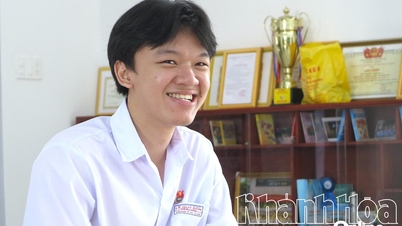

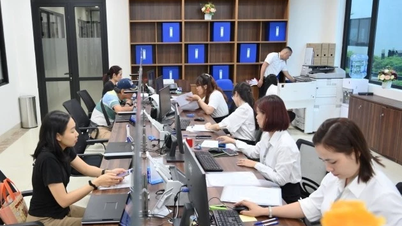

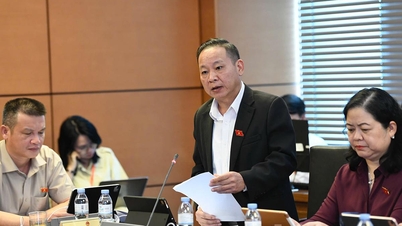








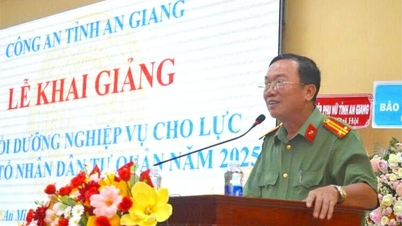
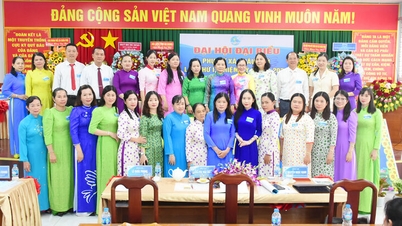
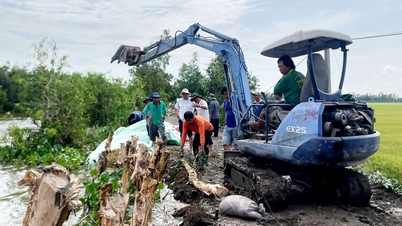
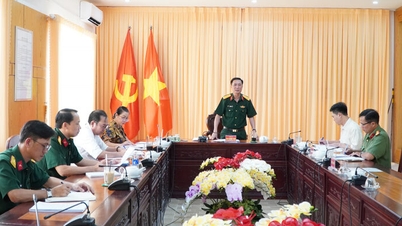
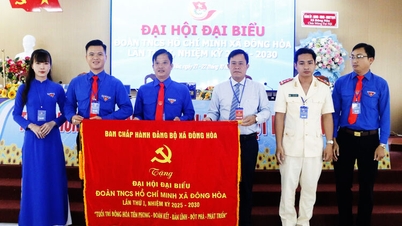
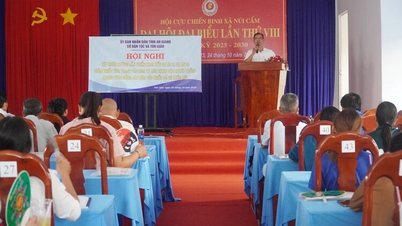
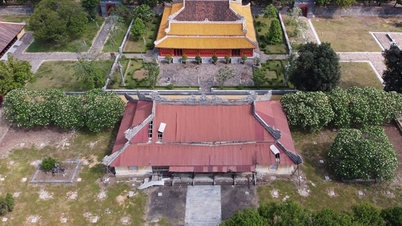



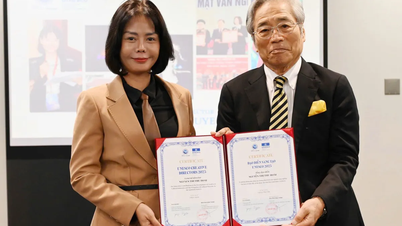





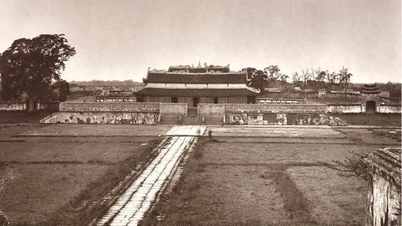












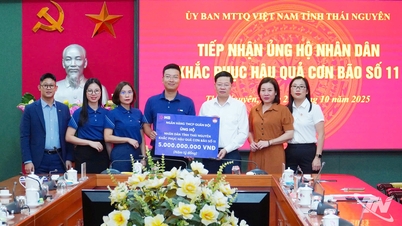



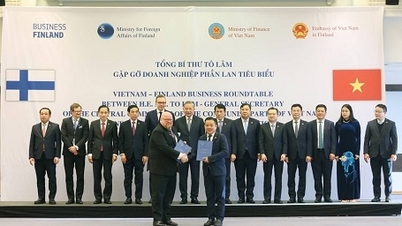













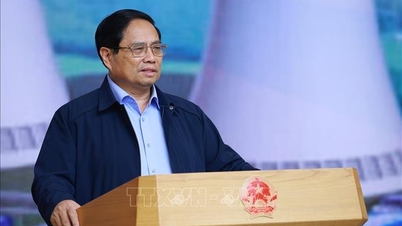




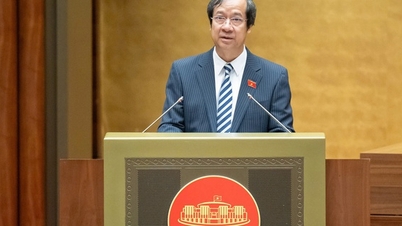

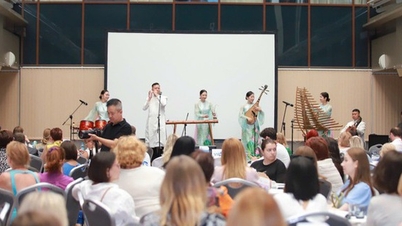
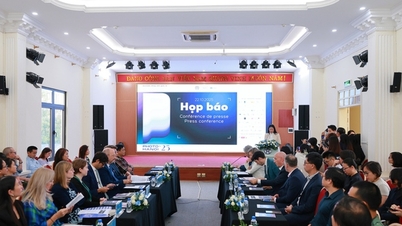
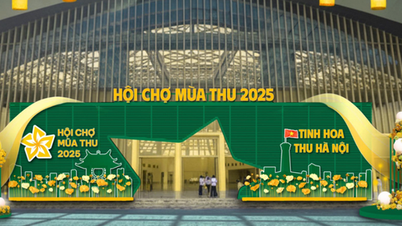
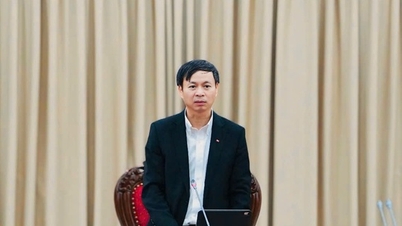


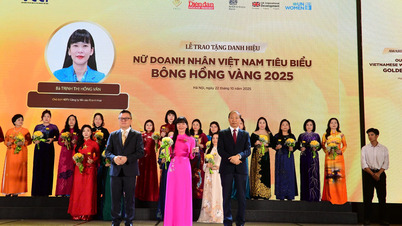
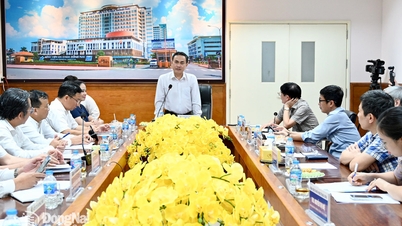




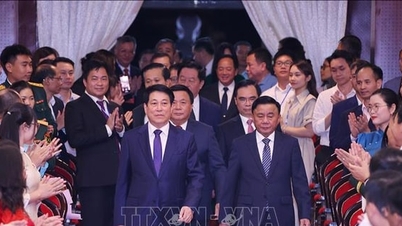







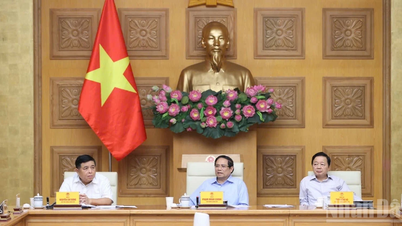
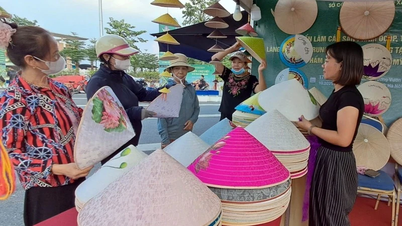





Comment (0)